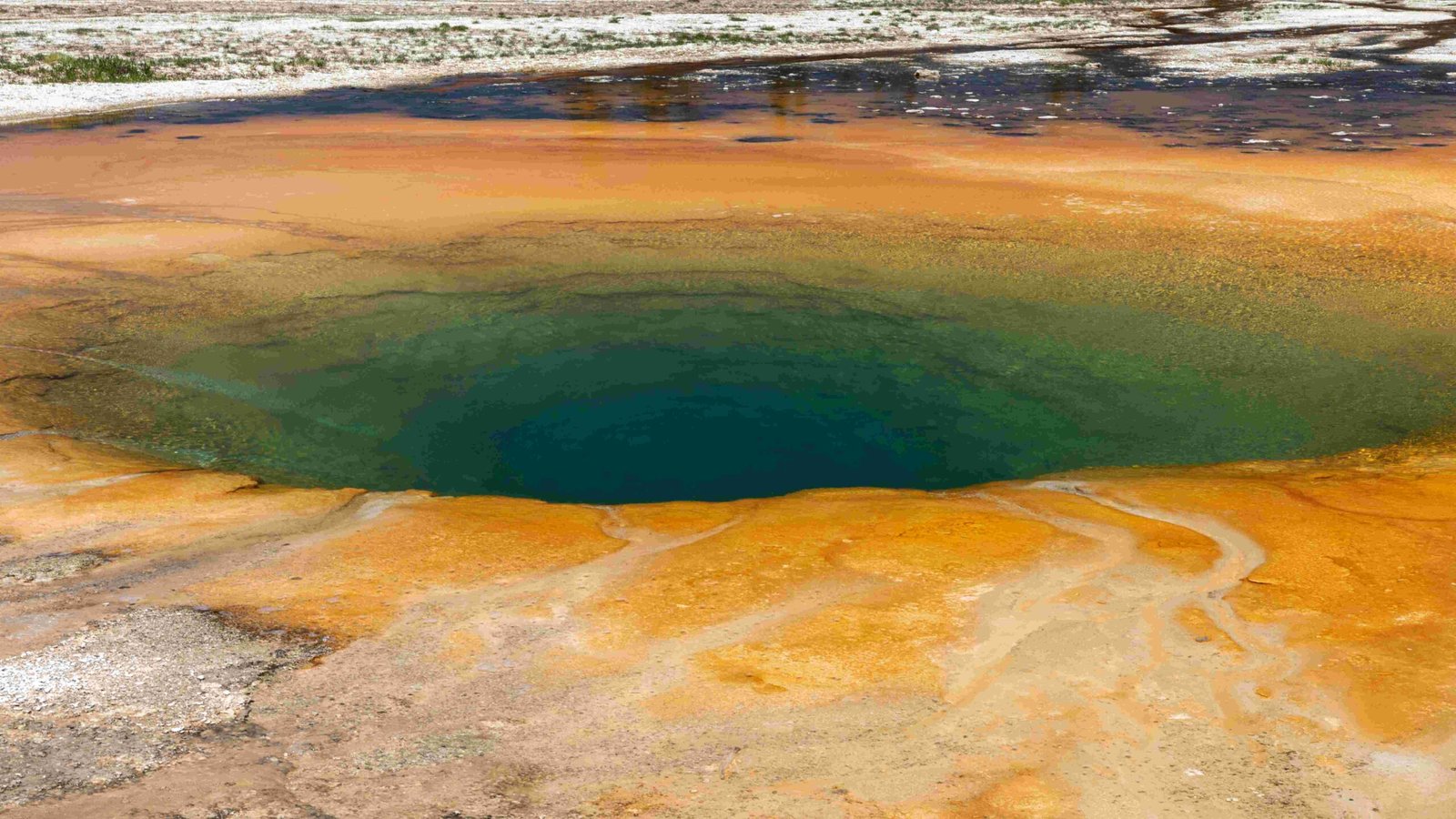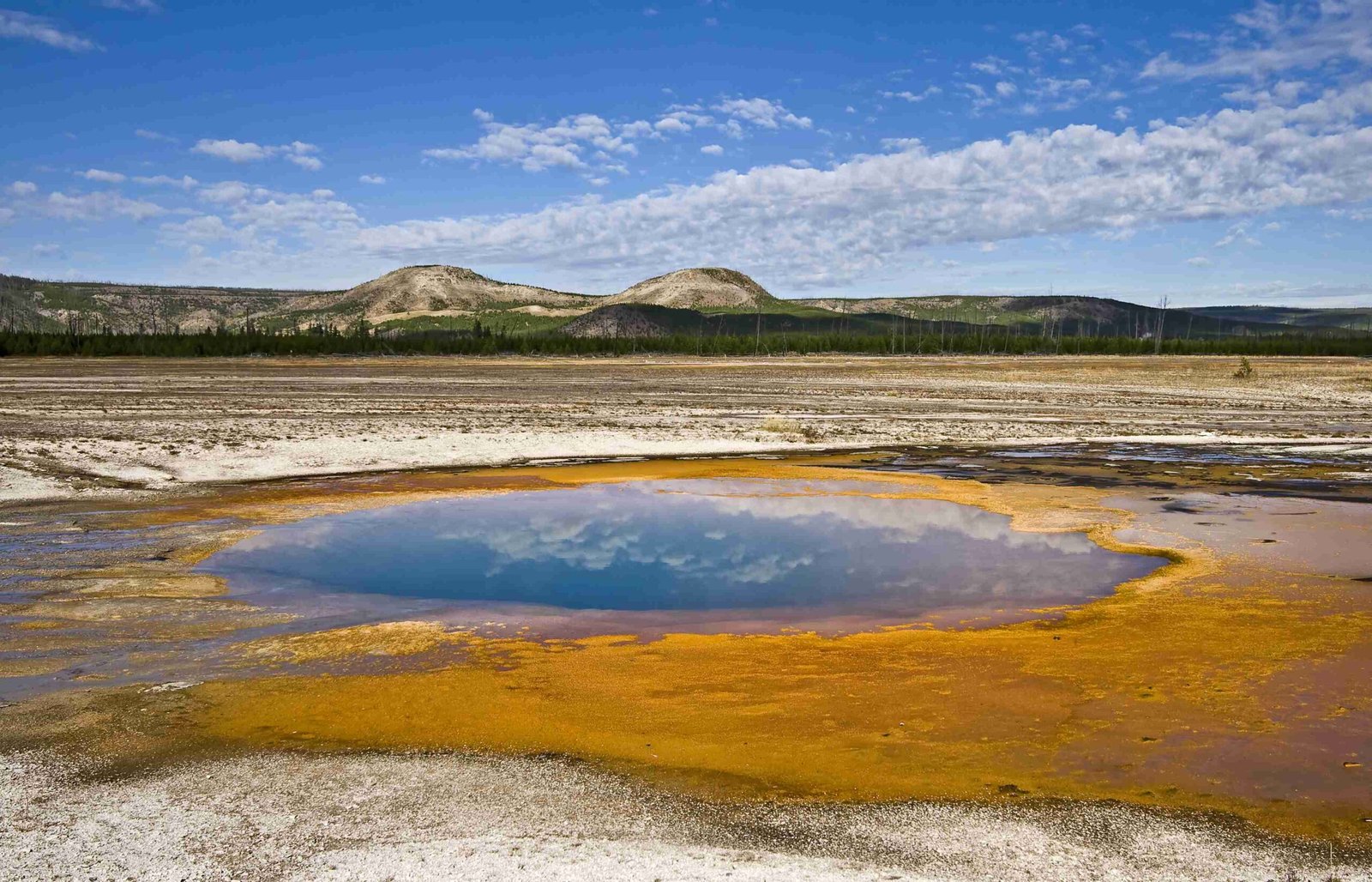The Yellowstone National Park entry system is a complex mechanism designed to manage visitor access to one of America’s most iconic national parks. It encompasses various elements including entrance fees, reservation systems, and timed entry permits. The system aims to balance preservation of the park’s natural wonders with providing access to millions of annual visitors. This guide will explore the intricacies of the entry system, including recent changes and adaptations to handle increasing visitor numbers and environmental challenges.
What Are the Current Entrance Fees for Yellowstone National Park?

Yellowstone National Park offers several types of entrance fees to accommodate different visitor needs:
- Private, non-commercial vehicle: $35 (valid for 7 days)
- Motorcycle or snowmobile: $30 (valid for 7 days)
- Individual (by foot, bicycle, ski, etc.): $20 per person (valid for 7 days)
- Annual Pass: $70, providing free entrance for one year from the month of purchase
These fees can be paid either online through Recreation.gov or at the entrance stations upon arrival. It’s important to note that these fees contribute to the park’s maintenance and conservation efforts.
How Does the Alternating License Plate System (ALPS) Work?

The Alternating License Plate System (ALPS) is a temporary measure implemented to manage high visitor demand and mitigate the impact of flood damage. Here’s how it functions:
- Public vehicle entry is determined by the last numerical digit on the license plate and whether the calendar day is odd or even.
- Vehicles with odd-numbered last digits can enter on odd days of the month.
- Vehicles with even-numbered last digits (including zero) can enter on even days of the month.
- For personalized plates with a mix of letters and numbers, the last numerical digit is used.
- Plates without numbers are allowed entry on odd days.
This system helps distribute visitor traffic more evenly throughout the week, reducing congestion and environmental stress on the park.
What Is the Timed Entry Permit System and How Might It Be Implemented?
While Yellowstone primarily uses the ALPS system, it has the capability to implement a timed entry system similar to other national parks. If implemented, here’s what visitors need to know:
- Timed entry tickets would be required from 7 am to 4 pm daily during peak seasons (April 1 through October 31).
- Tickets are free but require a non-refundable $2 reservation processing fee.
- Reservations can be made through Recreation.gov one day prior to entry at 7 pm MDT.
- Tickets are expected to sell out quickly due to high demand.
This system, if adopted, would help manage visitor flow during the busiest hours of the day, enhancing the overall visitor experience and protecting the park’s resources.
Who Is Exempt from the ALPS and Potential Timed Entry Systems?
Several groups are exempt from the ALPS system and would likely be exempt from a potential timed entry system:
- Commercial Use Operators with active permits
- Visitors with proof of overnight reservations in the park
- Commercial Motor Coaches
- Essential services (mail, delivery, employees, contractors)
These exemptions ensure that necessary park operations continue smoothly and that visitors with pre-existing commitments can access the park as planned.
What Are the Peak Seasons and Entry Times for Yellowstone?
Understanding peak seasons and entry times is crucial for planning a visit to Yellowstone:
- Peak Season: Generally runs from April 1 through October 31
- ALPS System: In effect during peak seasons, with entry based on license plate numbers
- Potential Timed Entry: If implemented, would restrict entry to specific times (7 am to 4 pm) during peak seasons
- Off-Peak Entry: Visitors can enter before 7 am or after 4 pm without a timed entry ticket
During peak seasons, visitors should expect crowds, lines at entrance gates, and potential delays due to wildlife sightings or construction.
How Can Visitors Navigate Yellowstone’s Multiple Entrances?
Yellowstone’s vast size and multiple entrances can be overwhelming for first-time visitors. Here’s a breakdown of the five main entrances:
- North Entrance: Located near Gardiner, Montana
- Northeast Entrance: Accessible from Cooke City, Montana
- East Entrance: Closest to Cody, Wyoming
- South Entrance: Connects to Grand Teton National Park
- West Entrance: Most popular, near West Yellowstone, Montana
Each entrance offers access to different parts of the park, so choosing the right one depends on your itinerary and where you’re coming from.
What Additional Passes Are Accepted at Yellowstone?
In addition to the standard entrance fees, Yellowstone accepts various passes that provide access to multiple federal recreation areas:
- America the Beautiful Annual Pass
- Senior Pass
- Access Pass for individuals with permanent disabilities
- Military Pass
- 4th Grade Pass for U.S. 4th graders and their families
These passes can offer significant savings for frequent visitors or those planning to visit multiple national parks.
How Can Visitors Prepare for Parking and Access Challenges?
Navigating Yellowstone’s parking and access challenges requires preparation:
- Arrive early or late in the day to avoid peak crowds
- Use shuttle services where available to reduce parking stress
- Be prepared for sudden road closures due to wildlife or weather
- Download park maps and information for offline use, as cell service is limited
- Consider visiting less popular areas of the park to avoid the busiest spots
By planning ahead and staying flexible, visitors can minimize frustrations and maximize their enjoyment of the park.
What Future Changes Might Be Made to the Yellowstone Entry System?
The Yellowstone National Park entry system is continually evolving to meet changing needs:
- Potential implementation of a full timed entry system
- Expansion of digital services for reservations and information
- Increased use of sustainable transportation options within the park
- Adaptive management strategies based on environmental and visitor data
Visitors should stay informed about these potential changes by checking the official Yellowstone National Park website before planning their trip.
By understanding and navigating the Yellowstone National Park entry system, visitors can ensure a smoother, more enjoyable experience in one of America’s most treasured natural landscapes. Whether utilizing the ALPS system, preparing for potential timed entry, or taking advantage of various pass options, informed visitors are better equipped to make the most of their Yellowstone adventure.
